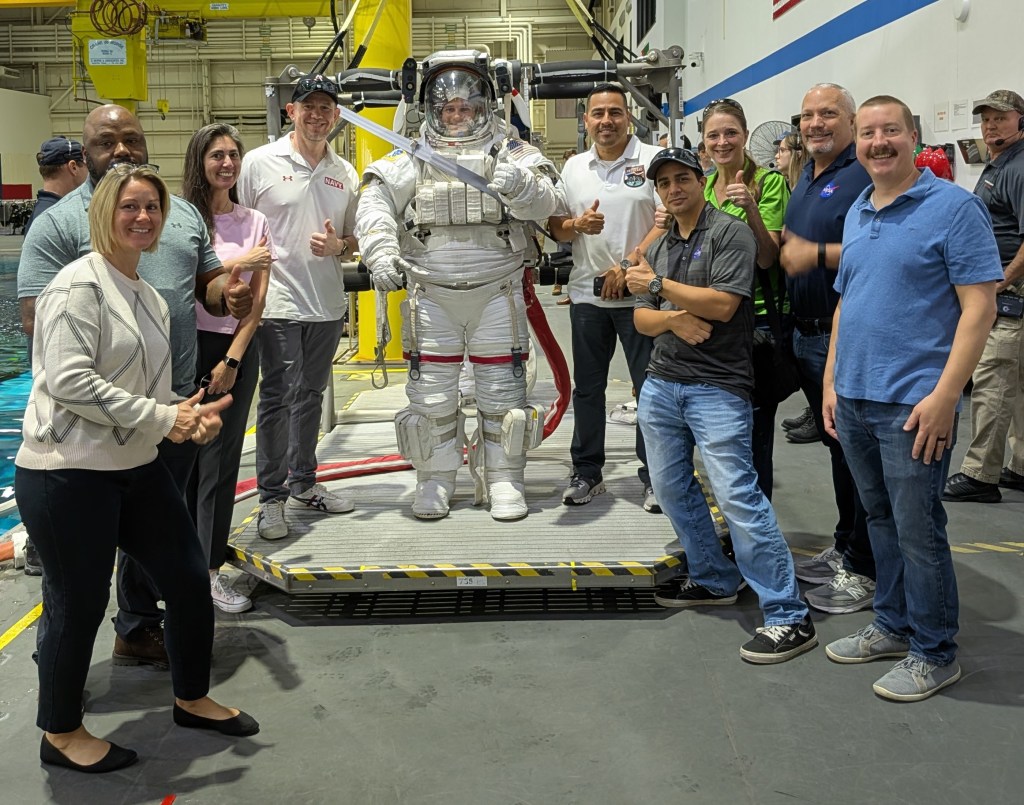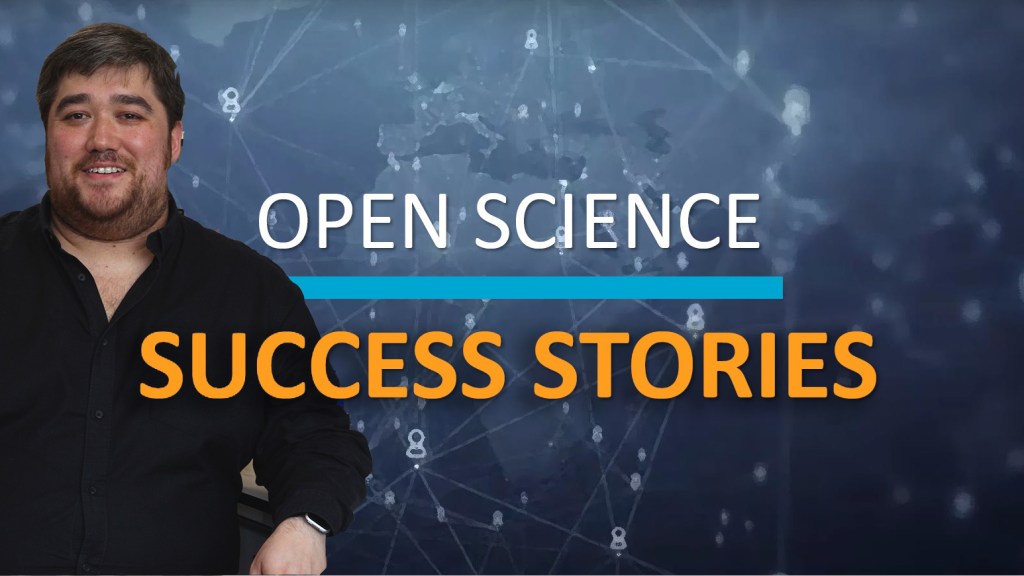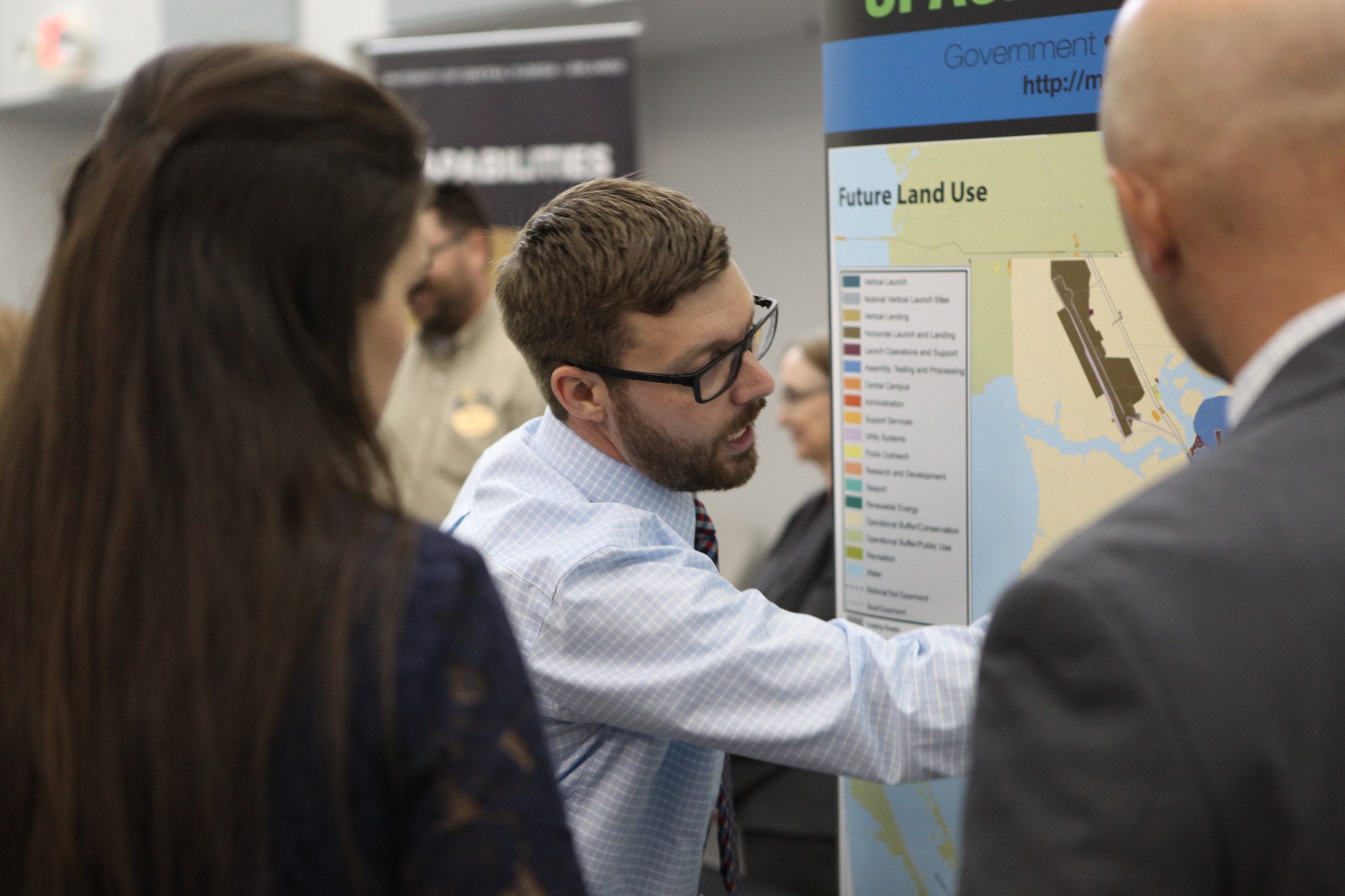A transformation begun before the space shuttles retired six years ago set the stage at NASA’s Kennedy Space Center in Florida for the current development underway among commercial space companies and for the infrastructure needed to support deep space exploration, Bob Cabana, Kennedy’s director, told community leaders Tuesday afternoon.
“When you look back in all of human history, only three nations have sent humans into orbits: the United States, Russia and China,” Cabana said. “Now, across Kennedy Space Center, there are four United States companies building hardware and infrastructure to send humans into orbit: Lockheed Martin, SpaceX, Boeing and Blue Origin. That’s pretty amazing. When we look at the transition, we have an outstanding future and we have a great plan put into place.”
Speaking to an audience of about 200 officials and business leaders from the communities around the Florida spaceport, Cabana said the launch facility has diversified in robust ways, ranging from retooling existing structures for new programs to building new facilities such as the rocket factory Blue Origin and OneWeb’s satellite manufacturing center in Exploration Park.
Kennedy’s space business portfolio expanded from shuttles and uncrewed rockets lifting probes into space to include a host of companies building new classes of launchers, processing hangars for rockets and assembly halls for satellites. A partnership with the Air Force is in place, too, for the processing of its spacecraft.
To that can be added the assembly and processing facilities for NASA’s Orion spacecraft and Space Launch System rocket, the combination envisioned to launch astronauts to destinations in deep space in 2019.
“We’ve got everything we need to do what we said we’re going to do,” Cabana told the audience. “We’re going to continue to execute the plan we have to enable our operations, as well as to keep Space Launch System and Orion going.”
Charlie Blackwell-Thompson, launch director for NASA’s Ground Systems Development and Operations Program at Kennedy, said the center’s change showed a lot of people what was possible for the next generation of the storied launch center.
“Some people thought our work was done when the shuttles retired, but people are realizing now our work has changed but it’s just as exciting,” Blackwell-Thompson said. “It’s diverse, it’s different from what it was back in shuttle, but it’s pretty amazing.”
Bob Sieck, a retired space shuttle launch director who has served on NASA advisory panels, said the task of turning the center’s focus around and being rewarded relatively quickly with companies eager to operate existing facilities and build new ones proves the plan was solid from the start.
“When you consider where we were six years ago and where we are today, I’d say it looks really good,” Sieck said. “The changes are adapting to what society now wants: a modernized facility and a robust program to apply all this talent to. They said this is not the end of Kennedy, just watch us. We’re going to make it so companies want to come here to launch and manufacture. It’s starting to look like what it did when we went to the moon.”


























